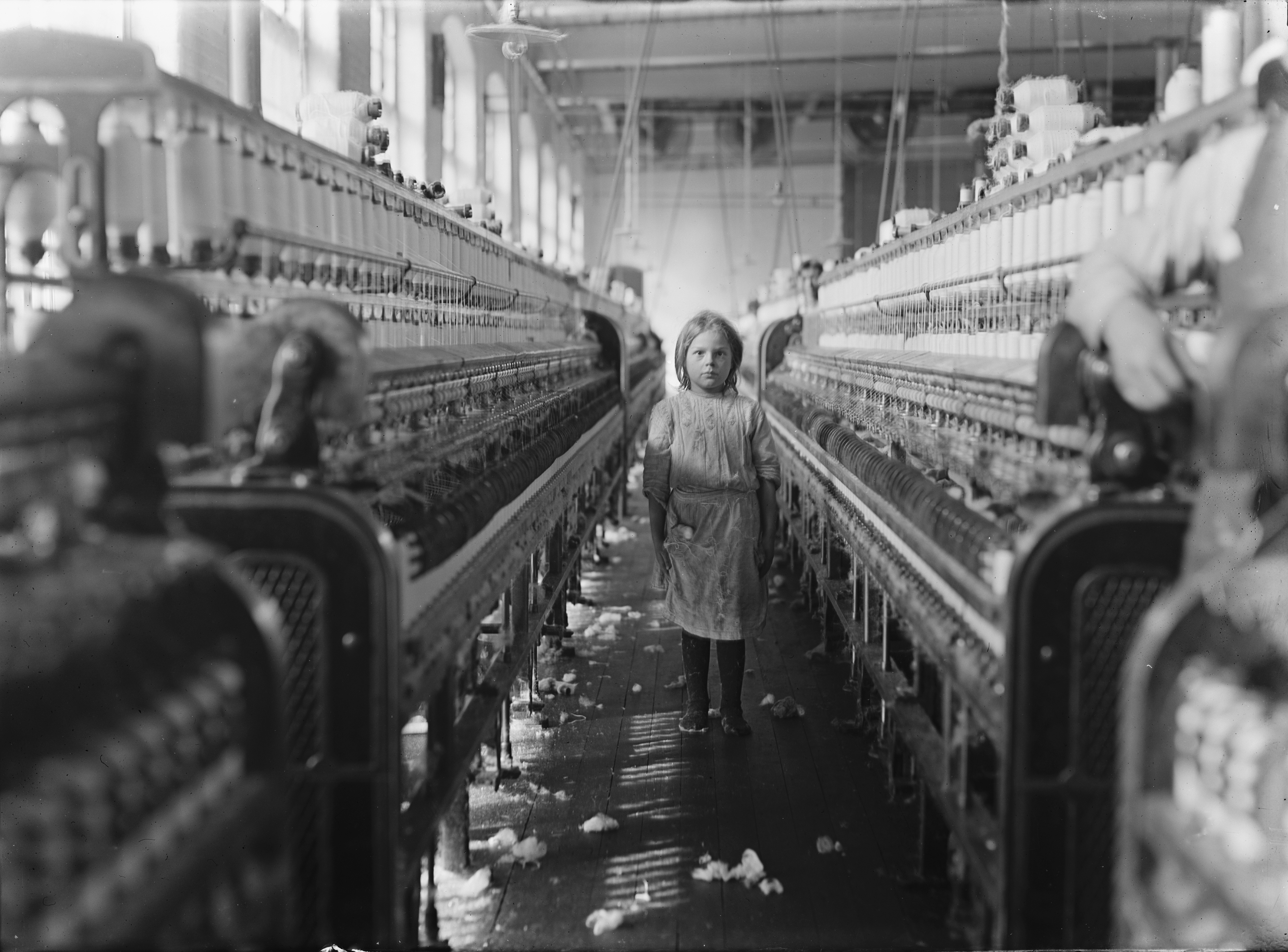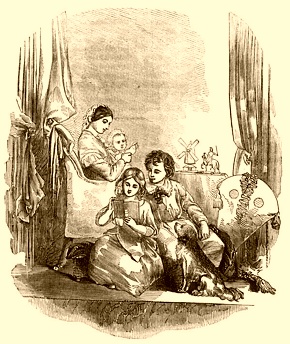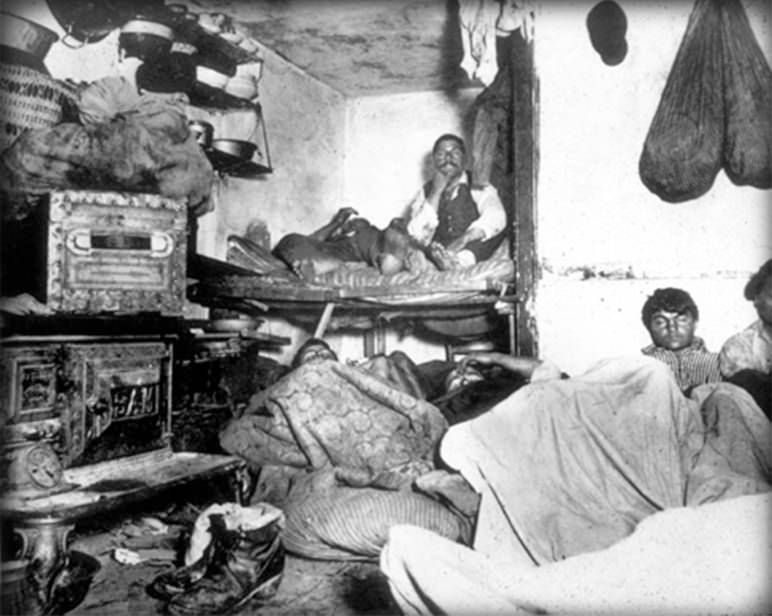5.9 Social Effects of Industrialization
7 min read•june 18, 2024
Dalia Savy
Andrew Fultz
AP World History: Modern 🌍
577 resourcesSee Units
In addition to the effects of industrialization on politics and economics, society drastically changed. In the entirety of human history, it can be argued that only two (maybe three) revolutions took place that truly altered the majority of human society. The first was the Neolithic Revolution, which involved the shift from humans being primarily hunter-gatherers to farmers. The second is the Industrial Revolution which involved the shift from farms to factories. The third could be the Information Revolution, but since we are currently living in that, it’s too close to identify as a revolution. We’ll have to ask people 200 years into the future about it.
New Everyday Life
Everyday life changed dramatically for everyone because of industrialization. Families were separated during the day, and children of the working class often had jobs in factories or coal mines (instead of going to school) because the family needed that income. Laws would later outlaw child labor as working in a factory would be dangerous and hours would be long. Those in the working class would easily have 12-14 hour shifts, and even then, they still couldn’t afford luxury back in their tenement apartments. Another word for tenement, of course, would be slum.
Class Structure
Industrialization led to the emergence of new social classes, as the rapid economic growth and technological change of the period created new opportunities in the workforce. Industrialization brought with it many advances, such as cheap and widely available goods, but it also contributed to the creation of more rigid class structures and a widening gap between the rich and the poor.
There were essentially three different classes that emerged as a result of industrialization: the working class, the middle class, and the super-wealthy.
- The working class was made up of people who worked in factories or other manual labor jobs. They often worked long hours for low pay and had little control over their working conditions. The working class was generally seen as the lower class, and they were often marginalized and excluded from political and social power.
- The middle class was made up of people who had more education and professional skills, and who often worked in white-collar jobs. This could include managers and business owners. The middle class was generally seen as more affluent and influential than the working class, and they often played a key role in shaping the culture and values of society.
- Another important change brought about by the growth of the middle class was the rise of the bourgeoisie, or the capitalist class. The bourgeoisie were the owners of the factories and businesses that drove industrialization, and they were the wealthiest and most powerful members of the middle class. The rise of the bourgeoisie contributed to the growth of the capitalist system and the concentration of wealth and power in the hands of a small elite. This, in turn, contributed to the widening gap between the rich and the poor and the increased rigidity of the class structure.
- The wealthy elite, or the upper class, was made up of people who had a great deal of wealth and influence. This class included industrialists, business owners, and other wealthy individuals who held a disproportionate amount of power and influence in society.
Social Immobility
During the Industrial Revolution, social mobility, or the ability of individuals to move between social classes, was limited. The rigid class structure and the concentration of wealth and power in the hands of a small elite made it difficult for people to move up the social ladder. This was especially true for the working class, who had few opportunities to improve their economic status and little access to education or other resources that could help them rise in social standing.
Additionally, the limited availability of education and other resources also contributed to the limited social mobility during this period. The education system was not widely available, and access to education was primarily limited to the middle class and the wealthy. The combination of a rigid class structure, the concentration of wealth and power in the hands of the bourgeoisie, and the limited availability of education and resources made it difficult for people to improve their social and economic status during the Industrial Revolution.

Child Laborer, 1908. Image courtesy of Wikimedia
Cultural Shifts
In addition to the changes in work and family life, industrialization also led to significant changes in the culture and daily activities of people. As more and more goods were produced in factories, a new consumer culture emerged in which people had access to a wider range of products than ever before. This included not only necessities like clothing and food, but also luxury items such as furniture and household goods. As a result, people began to spend more of their income on non-essential items and leisure activities.
The growth of the middle class, which had more disposable income than the working class, contributed to the rise of this consumer culture. The proliferation of new goods and leisure activities also led to the growth of the service industry, as more businesses sprang up to provide entertainment, transportation, and other services to consumers. Overall, the changes brought about by industrialization had a profound impact on everyday life and culture.
Women in the Industrial Age
During the Industrial Revolution, women's experiences varied greatly depending on their social and economic class. Working-class women often faced difficult and hazardous working conditions in factories, where they were often paid less than men and had little control over their working environment. However, that’s not to suggest factory workers were paid well. Women factory workers were just paid that much worse. Many women began to be frustrated with this type of environment, and some even testified in front of the British parliament about the harsh working conditions in factories.
In contrast, middle-class women were generally not expected to work outside the home. Instead, they were expected to adhere to the "cult of domesticity," which held that a woman's proper place was in the home, where she was responsible for household duties and child-rearing. The cult of domesticity was used to justify the unequal treatment of women in society, and it shaped the social norms and expectations of women during the Industrial Revolution. However, the rise of the feminist movement and the changing economic conditions of the time led to a gradual erosion of the cult of domesticity and the increased participation of women in the public sphere.

Image Courtesy of America in Class
Effects of Urbanization
During the Industrial Revolution, many people left the countryside and moved to the cities to work in factories. This mass migration had a significant impact on the way people lived, as it transformed the way cities were structured and functioned. Therefore, industrialization led to the growth of large urban centers, which were often overcrowded, polluted, and prone to disease.
Poor, working-class families who moved to the cities often lived in crowded and unsanitary conditions, such as tenement buildings, where they were subjected to poor water and sewage systems and a lack of basic amenities. These conditions contributed to the spread of diseases and other health problems, which disproportionately affected poor and working-class families. For example, in London, the population increased from one million to six million between 1800 and 1900, and many families lived in cramped and unsanitary tenement buildings.

Tenement living; Image Courtesy of History Beyond
In contrast, wealthier families who lived in the cities often enjoyed better living conditions and more opportunities for leisure. They were often able to afford cleaner and safer housing, as well as access to better health care and other amenities. This contributed, once again, to the widening gap between the rich and the poor that characterized the Industrial Revolution.
Urbanization and the Environment
Industrialization had a major impact on the environment, and its negative consequences are still being felt today. One of the most significant impacts was the widespread pollution that resulted from the growth of factories and heavy industry. The release of chemicals and other pollutants into the air, water, and land had a harmful effect on the natural environment and the health of both humans and animals. The pollution caused by industrialization also led to the degradation of natural habitats, such as forests and wetlands, which had a negative impact on biodiversity.
Air pollution was a major problem, particularly in the 1800s and early 1900s, when coal was the primary source of energy. The burning of coal for energy released large amounts of pollutants into the air, and this contributed to the poor air quality in many urban areas. The reliance on coal also had negative environmental impacts, as it contributed to the depletion of natural resources and the release of carbon dioxide, which contributes to climate change.
In addition to pollution, industrialization also led to the overconsumption of natural resources, such as coal and oil. Overconsumption contributed to the depletion of these resources, the destruction of natural habitats, and to climate change, as the burning of fossil fuels released large amounts of carbon dioxide into the atmosphere, which has contributed to global warming.
As the negative impacts of industrialization became more apparent, people began to demand action to protect the environment. This led to the development of environmental laws and regulations, as well as the growth of organizations and movements dedicated to protecting the environment.
Summary of Content
The Industrial Revolution had a profound impact on society and transformed the way people lived, worked, and interacted with one another. It brought about significant changes to everyday life, including the separation of families, the rise of the working class, and the growth of slum housing.
The rise of the middle class and the bourgeoisie contributed to a more rigid class structure and the concentration of wealth in the hands of a small elite. This, in turn, led to limited social mobility and the limited availability of education and other resources. The industrial revolution also had a significant impact on the environment, leading to pollution, the over-consumption of natural resources, and the destruction of natural habitats. This led to the rise of environmental concerns and the growth of the environmental movement.

Image Courtesy of Pressbooks
Browse Study Guides By Unit
🐎Unit 1 – The Global Tapestry, 1200-1450
🐫Unit 2 – Networks of Exchange, 1200-1450
🕌Unit 3 – Land-Based Empires, 1450-1750
🍕Unit 4 – Transoceanic Interactions, 1450-1750
✊🏽Unit 5 – Revolutions, 1750-1900
🚂Unit 6 – Consequences of Industrialization, 1750-1900
💣Unit 7 – Global Conflict, 1900-Present
🥶Unit 8 – Cold War & Decolonization, 1900-Present
✈️Unit 9 – Globalization, 1900-Present
✏️Frequently Asked Questions
🤔Exam Skills
👉🏼Subject Guides
📝AMSCO Notes

Fiveable
Resources
© 2025 Fiveable Inc. All rights reserved.